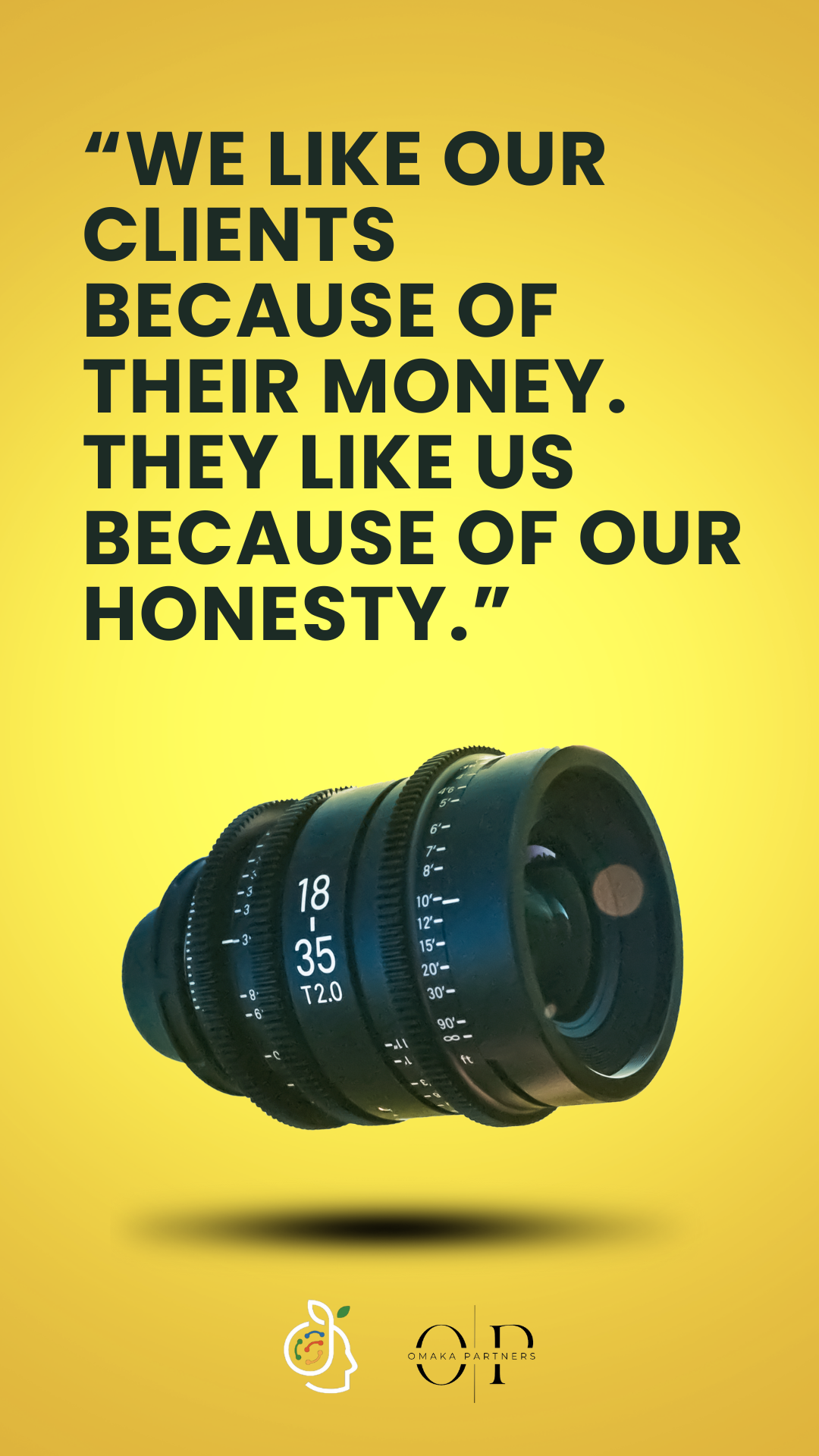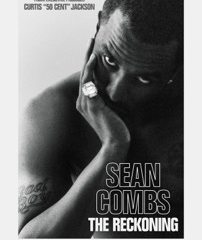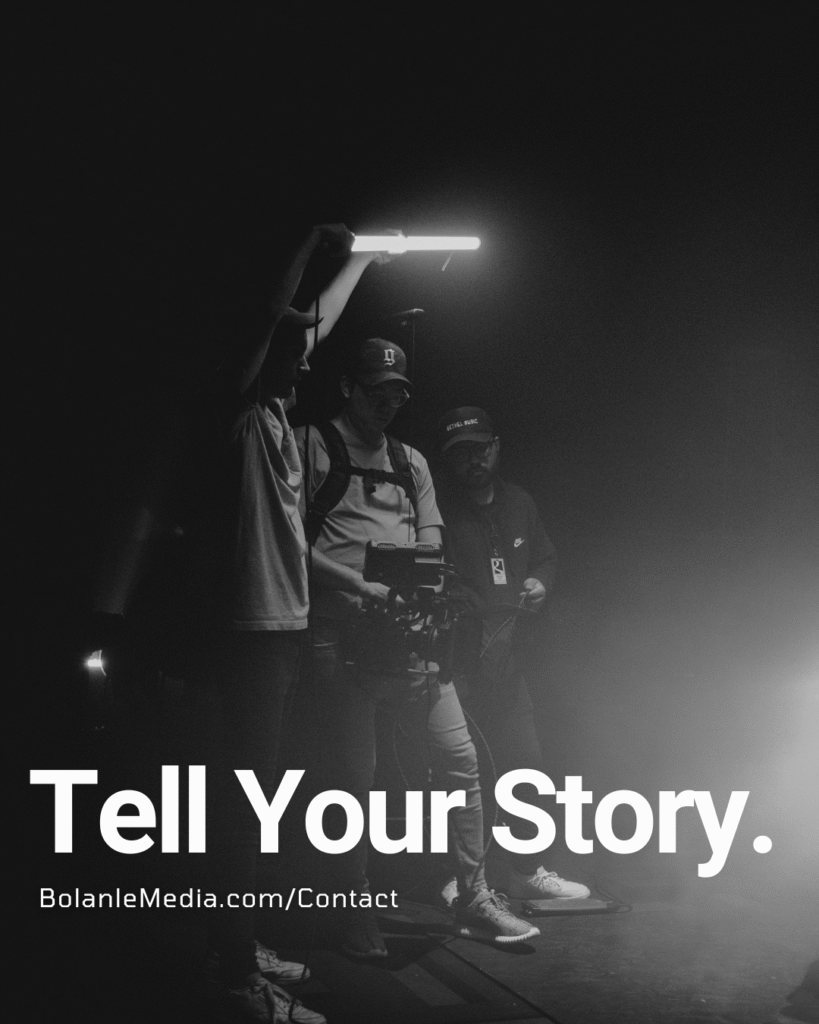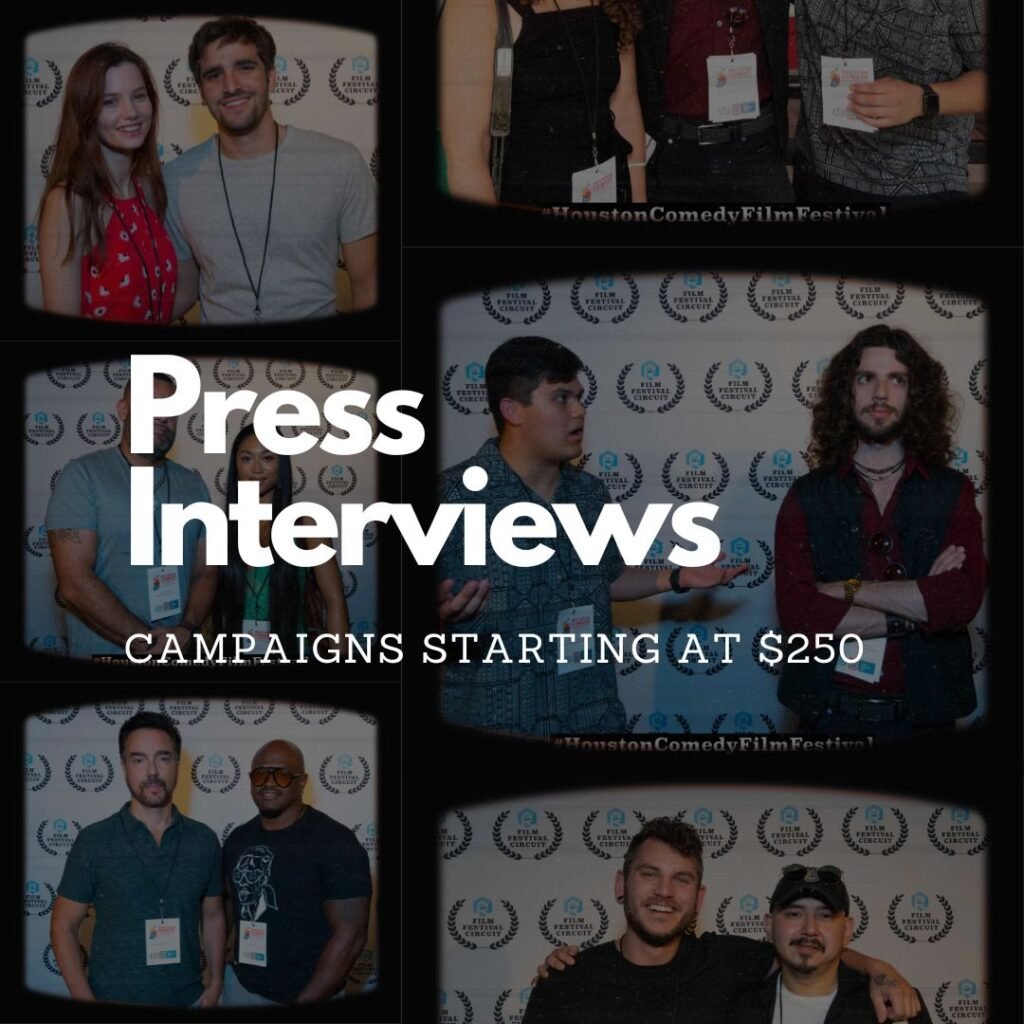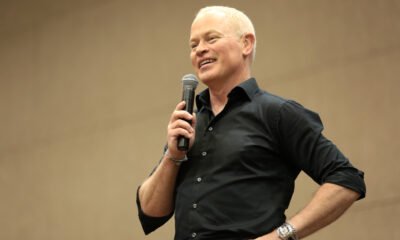Advice
Creating Immersive Cinematic Universes
Introduction to World-Building
World-building is a fundamental aspect of storytelling that involves the creation of unique environments, cultures, and histories that form the backdrop for a narrative. It is not merely a backdrop; it is an intricate tapestry interwoven with the lore, history, and visual development of a given narrative universe. Effective world-building serves to enhance narrative depth and engages audiences, allowing them to immerse themselves in imaginative settings that resonate with emotional and intellectual significance.
The importance of world-building can be seen in its ability to create internal consistency within a story. A well-constructed world has its own rules, geography, and cultures, which must be adhered to throughout the narrative. This internal consistency creates a sense of authenticity that allows audiences to suspend disbelief and invest in the story being told. Engaging in detailed visual development helps to convey the uniqueness of these environments, which can range from fantastical realms to historical recreations.
World-building encompasses various elements including geography, climate, history, language, and societal structures. Each component contributes to the richness and believability of the setting, enabling it to feel as real as the characters that inhabit it. Visual effects play a supportive role in translating these ideas into tangible displays that excite the senses and broaden the audience’s perception of the narrative world. The meticulous consideration of each element not only enriches the story but also adds layers of complexity that can intrigue audiences and compel them to explore the story further.
In conclusion, world-building is an essential practice that transcends mere set design and instances of description. It is a multifaceted process that combines lore, history, and visual elements to create immersive experiences for audiences, ultimately enhancing the overall storytelling experience.
Developing Lore and History
Creating an immersive cinematic universe requires a robust foundation of lore and history. This foundational aspect not only enriches the narrative but also ensures internal consistency throughout the project. To effectively develop lore, one can begin by establishing the culture of the world. Understanding the customs, beliefs, and societal structures helps to present a relatable and compelling backdrop. For instance, in the “Star Wars” franchise, various planets like Tatooine and Hoth reveal distinct cultural attributes tied to their environments, enhancing the universe’s depth.
Another critical component is the mythology of the world. Mythologies often act as the backbone for cultures, offering explanations for the origins of significant events, deities, or natural phenomena. For example, in the “Lord of the Rings” series, J.R.R. Tolkien developed a rich tapestry of lore, encompassing languages, histories, and legends, which gives a sense of authenticity to Middle-earth. Establishing such mythologies can foster a deeper emotional connection for the audience, elevating their engagement with unique environments.
Significant events that have shaped the history of a world are also vital to lore development. Historical milestones, such as wars, discoveries, or pivotal decisions, can provide context for present-day conflicts or character motivations. These events should be intricately tied to the evolving culture, enhancing the overall visual development of the story. The Marvel Cinematic Universe, for example, utilizes a history rife with wars and alliances that inform the actions of its characters.
Ultimately, the success of lore and history lies in balancing imagination and consistency. Writers should strive to create layered narratives that invite exploration and reflection. When done thoughtfully, the intricate lore will serve not merely as a backdrop but as a living, breathing entity within the cinematic universe.
Designing Unique Environments
Creating immersive environments is a fundamental aspect of world-building that significantly enhances the narrative depth and visual appeal of a cinematic universe. Unique environments not only set the stage for events but also reflect the history and culture of the characters inhabiting them. When designing these diverse settings, it is essential to consider a range of factors including geography, climate, architecture, and urban planning, each contributing to a cohesive visual development.
Geography plays a crucial role in shaping the environment. Features such as mountains, rivers, and forests can define the lifestyle and limitations of your characters. For instance, a story set in a rugged mountainous region might yield characters accustomed to navigating difficult terrain, while a coastal setting could influence trade and exploration narratives. The climate further complements this by impacting the day-to-day lives of the inhabitants; extremes in weather can dictate the architecture and resources available, adding layers of internal consistency to the world.
Architectural choices are equally important for establishing the tone of the narrative. Different cultures may adopt styles exclusive to their unique environments. For example, a civilization thriving in a desert may develop structures with thick walls to withstand high temperatures, while an urban setting in a temperate region may feature glass and steel designs that symbolize modernity and innovation. Additionally, urban planning contributes to how characters interact within their environments. The layout of a city, including the arrangement of neighborhoods, marketplaces, and public spaces, can shape the dynamics of social interaction.
Incorporating visual effects can further amplify the storytelling experience by providing audiences with visual cues that reflect the lore and history of the world. By meticulously crafting these unique environments, creators can foster a deeper connection with the audience, allowing them to engage with the story on multiple levels.
Establishing Rules and Logic
In the realm of world-building, establishing a coherent framework of rules and logic is essential for creating immersive cinematic universes. This framework encompasses various elements, including magic systems, technological advancements, and the laws of physics that govern the narrative. By laying down these foundational rules, creators can maintain a sense of internal consistency, providing audiences with a believable experience that sustains engagement throughout the storytelling process.
When designing a magic system, for example, it is crucial to define the limitations and capabilities of magical elements. Determining who can wield magic, the source of its power, and the possible consequences of its use can greatly enrich the lore of the universe. Similarly, if technology plays a significant role, understanding how it integrates with the existing societal structures and its limitations can further enhance the authenticity of the setting.
The concept of internal consistency is vital; rules should be adhered to across the narrative, ensuring that character actions and plot developments align with the established logic. When creators deviate from these rules, it can lead to confusion and disengagement from the audience. An example of this inconsistency might be a character suddenly acquiring a new power without any prior groundwork, disrupting the established lore and risking disbelief in the narrative.
To maintain an engaging cinematic universe, creators should aim for a delicate balance between creativity and consistency. Innovative visual development can arise from unique environments that adhere to the defined rules, allowing for stunning visual effects while keeping the audience firmly rooted in the story. Ultimately, a well-thought-out framework not only enhances the narrative but also encourages characters’ growth and development within the world, leading to a richer and more immersive experience.
Character Interaction with the World
Character interaction with their surroundings is a fundamental aspect of world-building that greatly impacts both narrative depth and audience engagement. The lore of a universe is often revealed through the ways in which characters respond to their environment. This interaction not only serves to advance the plot but also contributes significantly to character development, shaping their motivations and actions in relation to the unique environments they inhabit.
Every character is a product of their social, cultural, and historical context. A character’s backstory, shaped by the events that have transpired in the world they occupy, informs their choices and interactions. For instance, a protagonist raised in a conflict-ridden society may exhibit distrust towards authority, while another from a peaceful background may display optimism towards societal structures. These divergent views enrich the narrative, providing a multifaceted exploration of themes like power, morality, and identity.
Moreover, societal norms can deeply influence character behavior. Characters may find themselves adhering to or rebelling against prevailing cultural standards, which can lead to internal conflicts or fulfilling arcs of personal growth. For example, a traditionally-minded character might struggle with a desire for change while being rooted in historical teachings, creating tension that can drive the story forward.
Visual development plays an integral role in illustrating these interactions. The aesthetics of a world—including its architecture, landscapes, and technology—create a backdrop that influences character behavior. For example, a character’s journey through a bustling city may evoke feelings of isolation or connection, while traversing a serene landscape could instigate moments of introspection. Therefore, establishing internal consistency in the world allows for a more immersive experience, as characters navigate their surroundings in ways that are credible and engaging to the audience.
Integrating Visual Effects for World-Building
Visual effects play a pivotal role in the domain of world-building, where they facilitate the creation of immersive cinematic universes. They serve to enhance the story’s internal consistency by ensuring that the visuals remain coherent with the established lore and narrative elements. By weaving together intense visual storytelling techniques, filmmakers can construct unique environments that resonate with the audience and deepen their engagement with the fictional world. In doing so, visual effects not only create stunning imagery but also reinforce the thematic elements of the story.
To achieve an effective integration of visual effects in world-building, collaboration with a skilled visual effects team is essential. This team should work closely with story developers, concept artists, and directors to ensure that every visual element aligns with the world’s lore. It is crucial for these teams to have a comprehensive understanding of the narrative’s settings, characters, and tone. Regular communication fosters an environment where ideas can be exchanged freely, allowing for innovations that enhance visual storytelling while adhering to the predetermined history of the universe.
Moreover, practical effects should not be overlooked in the comprehensive approach to visual development. Blending practical effects with CGI can yield highly effective scenes that maintain a sense of realism while still showcasing fantastical elements. This blend often aids in creating a tactile experience for the audience, making the mystical environments feel more relatable. Several well-known cinematic universes have successfully managed to integrate such techniques, showcasing harmonious relationships between traditional storytelling and visual effects innovation.
In summary, integrating visual effects in world-building is not merely about creating beautiful imagery; it is about crafting an engaging narrative that feels authentic and consistent. By carefully aligning visual effects with the underlying lore and history of the universe, creators can transport audiences into richly designed worlds that captivate their imagination.

Creating a Sense of Scale and Depth
To create an immersive cinematic universe, it is essential to convey a convincing sense of scale and depth. This not only involves how environments are architected but also how visual effects and internal consistency are applied to enhance audience engagement. Within this context, utilizing scale can draw viewers into vast, spectacular landscapes or intimate, intricate settings. Through thoughtful planning and attention to detail in visual development, creators can establish environments that feel both expansive and accessible.
A common technique is the use of foreground elements that dwarf characters. This approach emphasizes the vastness of an environment, allowing viewers to appreciate the scale of the universe. For example, in films such as “Avatar,” the grand trees and towering mountains are juxtaposed against smaller figures, creating a staggering sense of proportion. Conversely, settings can also employ unique environments that evoke feelings of intimacy. Films like “The Grand Budapest Hotel” showcase meticulously crafted rooms filled with unique details, inviting viewers to explore every corner, thereby immersing them in a confined yet intricate space.
Practical exercises can aid in mastering these concepts. One effective exercise involves creating visual hierarchies using a combination of sizes and placements within a scene. By sketching scenes where small elements complement larger ones, creators can explore how to orchestrate visual relationships. Furthermore, observing successful franchises can provide invaluable insight. “Star Wars,” for instance, expertly balances vast cosmic battles with personal narratives, grounding large-scale conflicts within character-driven stories.
Ultimately, successfully conveying scale and depth requires a harmonious blend of visual effects, environmental detail, and consistent lore. This alignment helps audiences fully appreciate the intricacies of a universe, leading to a more immersive experience where both vastness and intimacy coexist, allowing for true cinematic immersion.
Test and Refine Your World
The process of world-building is not only about constructing intricate lore and crafting unique environments but also involves rigorous testing and refinement. Once the initial ideas are established, it is crucial to gather feedback, allowing for greater internal consistency and coherence within your cinematic universe. Engaging with potential audiences at an early stage enables creators to understand how their concepts resonate with viewers. This engagement can be achieved through various methods, including forums, social media platforms, or dedicated play-testing sessions where participants can experience the world you’ve built.
Feedback is an invaluable tool in the world-building process. It provides insights into what elements of your lore and visual development successfully captivate your audience and which aspects need more attention. Consider forming focus groups or conducting surveys specifically targeting aspects such as the clarity of your world’s history, its visual effects, and the overall immersiveness of the environments presented. Ensure that your testers understand they are contributing to the creation of a dynamic universe, as this perspective can inspire more thoughtful and constructive criticism.
Iterate and refine your concepts based on the responses received. This process might involve multiple rounds of testing and revision, enhancing your cinematic universe’s appeal and functionality. It is essential to remain open-minded during this phase—be prepared to tweak your original ideas to improve their coherence and believability. The goal is to develop a universe that not only captivates the imagination but also maintains a consistent and realistic portrayal of its elements. Through continuous testing and refinement, the intricate layers of lore and development will evolve, transforming your initial vision into a richly detailed and engaging narrative experience.
Final Thoughts and Future Directions
In the realm of storytelling, the importance of world-building cannot be overstated. From the lore that underpins the narratives to the intricate visual development that creates unique environments, every element contributes to a greater understanding of the universe. The foundation of great storytelling lies in its history, which informs character motivations and plot arcs, allowing them to resonate deeply with audiences. A well-constructed world is characterized by internal consistency, offering a believable framework that makes the extraordinary seem plausible.
This post has explored various aspects of world-building, emphasizing the need for captivating environments and meticulously crafted visual effects. These components not only enrich the story but also engage viewers on multiple sensory levels. By ensuring that each element supports the overarching lore, creators can cultivate a seamless experience for their audience. Furthermore, the ongoing exploration of innovative storytelling mediums invites writers and artists to continually refine their worlds, pushing the boundaries of what is possible in narrative construction.
As we look to the future, it becomes evident that world-building is an ever-evolving practice. The landscape of storytelling is shifting rapidly, with new technologies and platforms emerging. Creators are encouraged to explore these changes, leveraging them to enhance their world-building efforts. Whether through interactive media, virtual reality, or traditional formats, the possibilities are endless.
For those embarking on this journey, numerous resources are available to inspire and guide your creative process. Books, workshops, and online communities provide invaluable insights into effective world-building techniques. Embrace the challenge and start crafting your own universe; the world is waiting for your unique vision to come alive.
Bolanle Media is excited to announce our partnership with The Newbie Film Academy to offer comprehensive courses designed specifically for aspiring screenwriters. Whether you’re just starting out or looking to enhance your skills, our resources will provide you with the tools and knowledge needed to succeed in the competitive world of screenwriting. Join us today to unlock your creative potential and take your first steps toward crafting compelling stories that resonate with audiences. Let’s turn your ideas into impactful scripts together!
Advice
How AI Is Forcing Everyone Into the Entrepreneur Game

Remember when having an ordinary job felt safe? Those days are over. The arrival of artificial intelligence isn’t just automating tasks—it’s blowing up the very idea of job security and ushering in an era where adaptability and entrepreneurship aren’t optional, they’re survival skills. Welcome to the new game. Average is automated, and now, everyone needs to think—and act—like an entrepreneur.
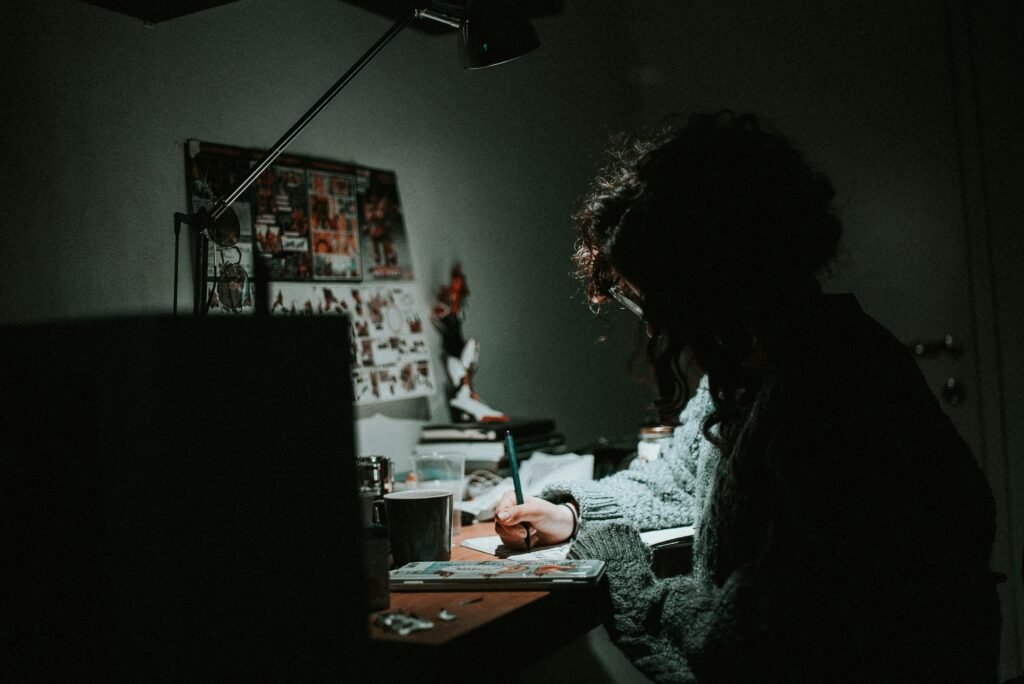
AI Isn’t Coming—It’s Already Here (And It’s Taking Jobs)
It’s not sci-fi anymore. By 2025, AI and automation are expected to displace as many as 85 million jobs worldwide, from customer service roles to entry-level tech positions, with 13.7% of U.S. workers already reporting being replaced by robots or AI-driven systems. Young people are especially hard-hit: tech unemployment among 20- to 30-year-olds has jumped 3% this year alone in AI-exposed roles. And the impact isn’t slowing down. Analysts say up to 60% of jobs in advanced economies could see tasks automated in the near future, with 30% of workers fearing outright replacement.
Why Average Isn’t Enough Anymore
The old industrial world ran on “the bell curve”—reliably rewarding the middle. If you were competent, you were comfortable. But in the digital age, AI is programmed to do average things perfectly and instantly. Now, the top 10%—the specialists, the creators, the difference-makers—snap up 90% of the rewards, while the rest get left behind.

Enter: The Entrepreneur Game
Here’s the twist: being entrepreneurial isn’t just about starting a business. It’s about building a personal brand, mastering a specialty, and continually learning or creating something valuable that AI can’t easily duplicate. Tech isn’t killing opportunity—it’s changing what it looks like.
- 20 million Americans now expect to retrain for new, more creative or tech-forward careers in the next three years.
- The fastest-growing “jobs” are digital and entrepreneurial: creators, consultants, coaches, prompt engineers, content strategists, AI-human collaboration experts, and niche community builders.
- Nearly half of companies that adopted AI are now automating roles, but they’re also creating demand for new skills and products almost overnight—a perfect playground for entrepreneurial thinking.
Survival Guide: How to Play (and Win) the New Game
- Pick Your Niche: Get laser-specific. Being “good at business” is out. Being the best at “helping consultants automate YouTube marketing with AI tools” is in—and global.
- Build Digital Assets: Write, film, code, design, research—create things that can scale, sell, and build your brand, wherever you are.
- Stay Adaptable: Reskill, upskill, and don’t be afraid to jump into new industries. Today’s winners are the ones who can pivot quickly and ride the next wave, not cling to what worked last year.
- Own Your Audience: Whether it’s a newsletter following, a YouTube channel, or a private Slack group, your future depends on connecting with people who value what you do—AI can’t compete with real, human influence.

Bottom Line
AI didn’t just move the goalposts—it changed the field. Being “average” is now a risk, not a guarantee. The winners in this new economy aren’t waiting for work to come to them—they’re proactively creating, collaborating, and cashing in on the skills, products, and experiences AI can’t touch. The entrepreneur game isn’t just for founders anymore. Ready or not, it’s for everyone.
Advice
How to Make Your Indie Film Pay Off Without Losing Half to Distributors
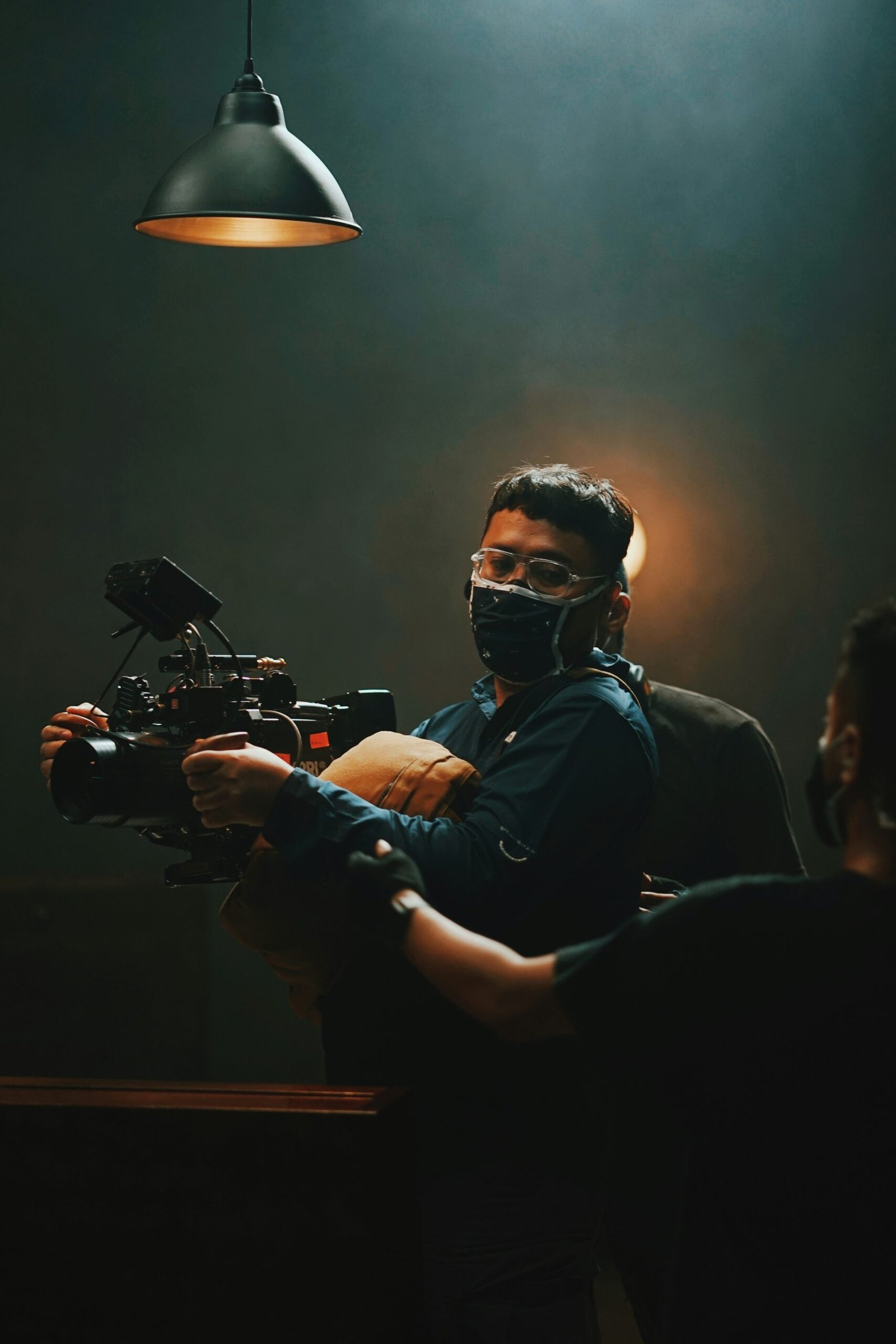
Making an independent film is often a labor of love that can take years, countless hours, energy, and a significant financial investment. Yet, for many indie filmmakers, the hardest part is recouping that investment and making money once the film is finished. A common pitfall is losing a large portion of revenue—often half or more—to sales agents, distributors, and marketing expenses. However, with the right knowledge, strategy, and effort, indie filmmakers can maximize their film’s earnings without giving away so much control or profit.

Here is a comprehensive guide to keeping more of your film’s revenue and ensuring your film gets the audience and financial return it deserves.
Understanding the Distribution Landscape
Most indie filmmakers traditionally rely on sales agents and distributors to get their films to audiences. Sales agents typically take 15-20%, and distributors can take another 20-35%, easily cutting your revenue share by half right from the start. Additionally, marketing costs that may be deducted can range from a few thousand to upwards of $15,000, further eating into profits. The accounting is often opaque, making it difficult to know how much you truly earned.
Distributors nowadays tend to focus on worldwide rights deals and use aggregators to place films on streaming platforms like Amazon, Apple TV, and Tubi. These deals often do not fetch the best revenue for most indie filmmakers. Many distributors also do limited outreach, reaching only a small number of potential buyers, which can limit the sales opportunities for your film.
Becoming Your Own Sales Agent
One of the most important shifts indie filmmakers must make today is to become their own sales agents. Instead of relying entirely on intermediaries, you should learn the art and business of distribution:
- Research and build an extensive list of distributors worldwide. Top filmmakers have compiled lists of hundreds of distributors by country and genre. Going wide increases your chances of multiple revenue deals.
- Send personalized pitches to hundreds of distributors, showcasing your finished film, cast details (including social media following), genre, logline, and trailer. Ask if they want to see the full feature.
- Don’t settle for a single distributor or a big-name company that may not prioritize your film. Instead, aim for multiple minimum guarantees (MGs) from niche distributors in individual territories like Germany, Japan, and the UK.
- Maintain transparent communication and track every outreach effort carefully.
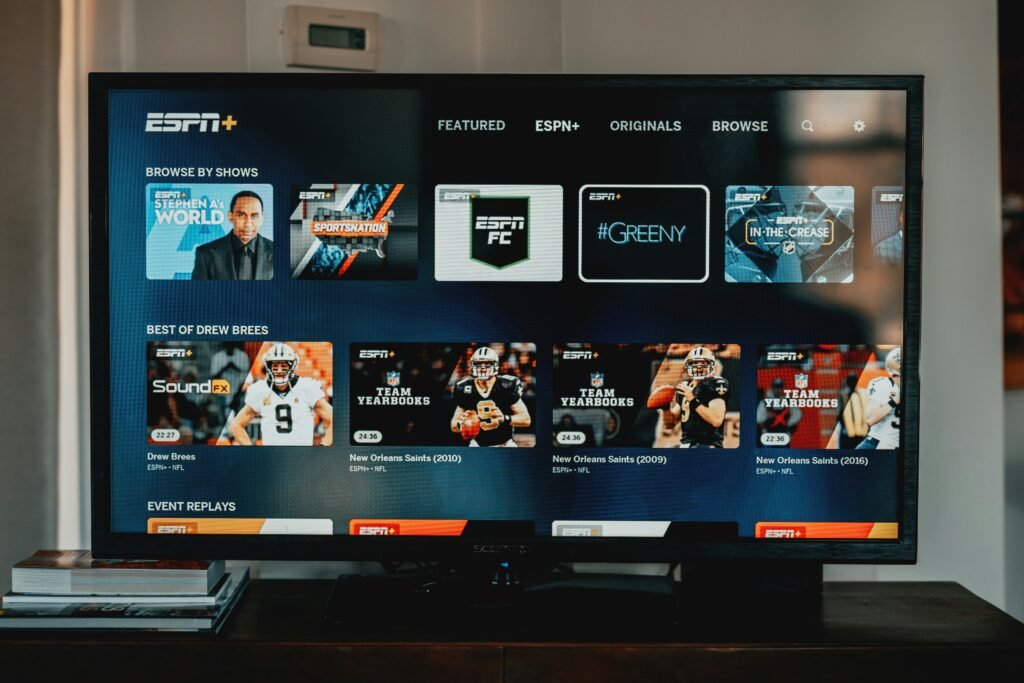
Pitching and Marketing Tips
When pitching your film:
- Highlight key genre elements and target audience since distributors are often risk-averse and look for specific film types.
- Include social media metrics or fanbase counts, which can make your film more attractive.
- Provide a strong one-minute trailer and a concise logline.
- Be prepared for rejections; even a 5% positive response rate is success.
Marketing is also crucial and can’t be left solely to distributors. Understanding and managing your marketing efforts—or at least closely overseeing budgets and strategies—ensures your film stands out and reaches viewers directly.
Self-Distribution and Hybrid Models
If traditional distribution offers no appealing deals, self-distribution can be a viable option:
- Platforms like Vimeo On Demand, Amazon Prime Direct, and YouTube allow you to upload, price, and market your film directly to audiences while retaining full creative and revenue control.
- Aggregators like Filmhub and Quiver help place self-distributed films on multiple streaming services, often for a reasonable fee or revenue share.
- The hybrid distribution model combines some traditional distribution deals with self-distribution, maximizing revenue streams, audience reach, and control over your film’s destiny.
Takeaway: Be Proactive and Entrepreneurial
The indie filmmaking world is now as much about entrepreneurship as artistry. Knowing distribution essentials, taking ownership of your sales process, and actively marketing your film are no longer optional—they are key for financial success.
By investing time in outreach, exploring multiple territories, securing minimum guarantees, and considering hybrid or self-distribution approaches, indie filmmakers can keep more of their earnings, increase their film’s audience, and avoid being sidelined by opaque deals and slim returns.
The days of handing your film over to a distributor and hoping for the best are gone. The winning formula today is to be your own sales agent, marketer, and advocate—empowered to make your indie film pay off.
Advice
How to Absorb Books 3x Faster in 7 Days

Reading is one of the most powerful skills you can develop — but most people read far slower than they could, spend time on information that doesn’t matter, and then forget what they read a week later. The Triforce Method changes that. It’s a three-part strategy that helps you increase your reading speed, focus on the most important details, and actually remember and use what you’ve learned.
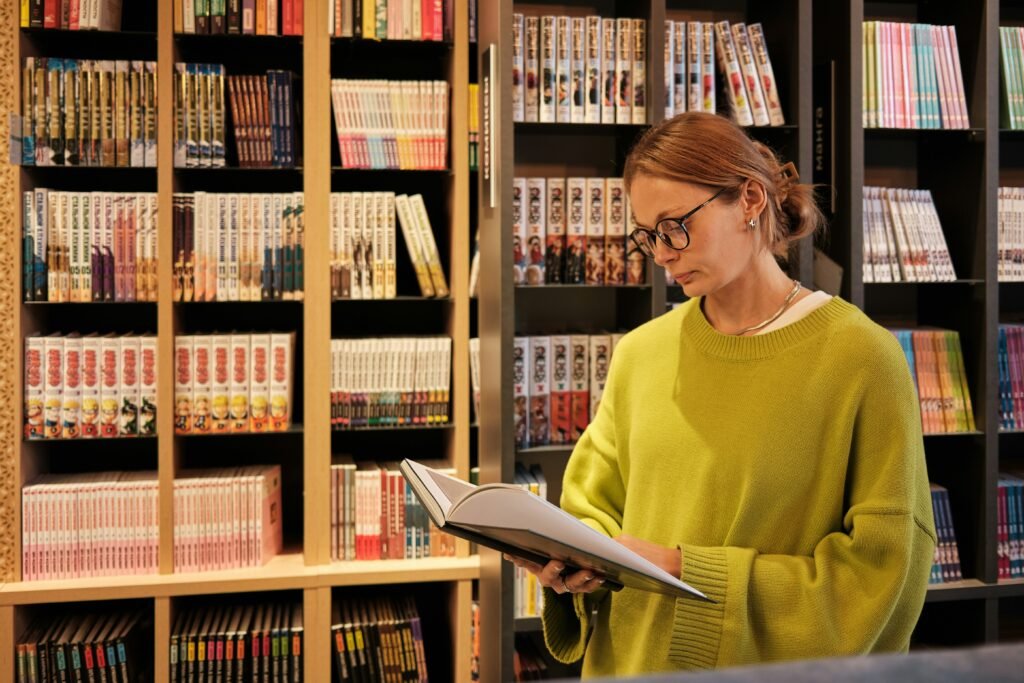
Strategy 1: Increase Your Baseline Reading Speed
The first step is to read faster — but not by rushing. Instead, you’ll train your brain and eyes to process information more efficiently.
1. Remove Your Internal Monologue
Most people “hear” the words in their head when reading. This subvocalization caps your speed to that of normal speech — about 200–250 words per minute. To double your speed, you need to see the words, not hear them.

Think about a stop sign — you don’t sound out “STOP” in your head; you just recognize it instantly. You can train this with tools like Spreeder (free, not sponsored), which flashes text at higher speeds and groups words together. This forces your brain to process visually rather than subvocally.
With practice, this feels natural — the author of this method went from 250 wpm to over 500 wpm in just a short time.
2. Use a Visual Tracker
Your eyes aren’t naturally smooth when moving across text — small jerks and backtracking slow you down. Try this:
- Look at your screen and move your eyes from left to right. Notice the small jitters.
- Now put your finger or a pen in front of you and track it smoothly. Immediately, your motion is more consistent.
A tracker (your finger, a pen, or even a cursor) keeps your eyes moving forward, prevents regression, and lets you maintain speed. Over time, increase your tracking speed. This alone can add another 100+ words per minute to your pace.

Strategy 2: Have a Reading Strategy
Speed means nothing if you waste time on unimportant details. The second step is knowing when to read fast and when to slow down — especially for non-fiction.
The 80/20 Rule
In most non-fiction books, 80% of the value comes from 20% of the content. The rest is often filler, examples, or repetition.
For example, in Atomic Habits, the core lessons are surrounded by stories and case studies. Using the Triforce Method:
- Read most sections quickly (internal monologue removed, visual tracker engaged).
- When you hit a “golden nugget” of advice, slow down, think about it, and absorb it.
The key here: adapt your speed based on content. Reading 700 wpm during a key concept will reduce comprehension — so drop to 500 wpm or less when it matters.
Avoid “highlighting every sentence” syndrome. Focus on what really moves the needle.
Strategy 3: Summarise and Consolidate
Reading faster and smarter means nothing if you immediately forget what you’ve read. The third pillar of the Triforce Method is about retention and application.
Summarising
After each page, summarise it in 1–2 sentences in your own words. Even “nothing important happened here” counts. This habit forces your brain to engage with the material and improves comprehension.
Consolidating
Especially for non-fiction, you must take action on what you read. Learning is about changing behavior, not just collecting ideas.
Example: After reading about habit tracking in Atomic Habits, actually start tracking your habits that day — don’t just file the advice away for “someday.” The author of this method even paused reading for 24 hours to implement changes before continuing.
If you don’t change anything after reading, you haven’t truly learned.

When to Use This Method
- Learning-focused reading: Non-fiction, textbooks, technical guides, exam prep — anytime speed, focus, and retention matter.
- Enjoyment reading: Fiction, poetry, or literature may not require all these techniques — unless you want to increase speed intentionally.
The Bottom Line
The Triforce Method combines:
- Speed – Removing subvocalization + using a visual tracker.
- Strategy – Applying the 80/20 rule and adapting your pace.
- Retention – Summarising and acting on what you read.
With consistent practice, you can double your reading speed, focus only on what matters, and actually remember and use the information.
If you’d like, I can also make a condensed, visually appealing infographic summarizing the three strategies in the Triforce Method so it’s easier to refer back to.
Do you want me to prepare that next?

 Entertainment2 weeks ago
Entertainment2 weeks agoWicked Sequel Disappoints Fans: Audience Verdict on For Good

 News4 weeks ago
News4 weeks agoYolanda Adams Questions Traditional Views on God’s Gender, Audience Reacts

 Entertainment2 weeks ago
Entertainment2 weeks agoAriana & Cynthia Say They’re in a ‘Non‑Demi Curious, Semi‑Binary’ Relationship… WTF Does That Even Mean?

 News3 weeks ago
News3 weeks agoEpstein Files to Be Declassified After Trump Order

 News4 weeks ago
News4 weeks agoTrump Throws Epstein Files at Clinton’s Door

 Entertainment4 weeks ago
Entertainment4 weeks agoAriana Grande’s Red Carpet: When Fans Forget Boundaries

 Entertainment4 weeks ago
Entertainment4 weeks agoHollywood’s Kiss or Miss Policy: Why Saying No Got Neal McDonough Blackballed

 Entertainment3 weeks ago
Entertainment3 weeks agoJimmy Cliff, Reggae Legend and Star of ‘The Harder They Come,’ Dies at 81



